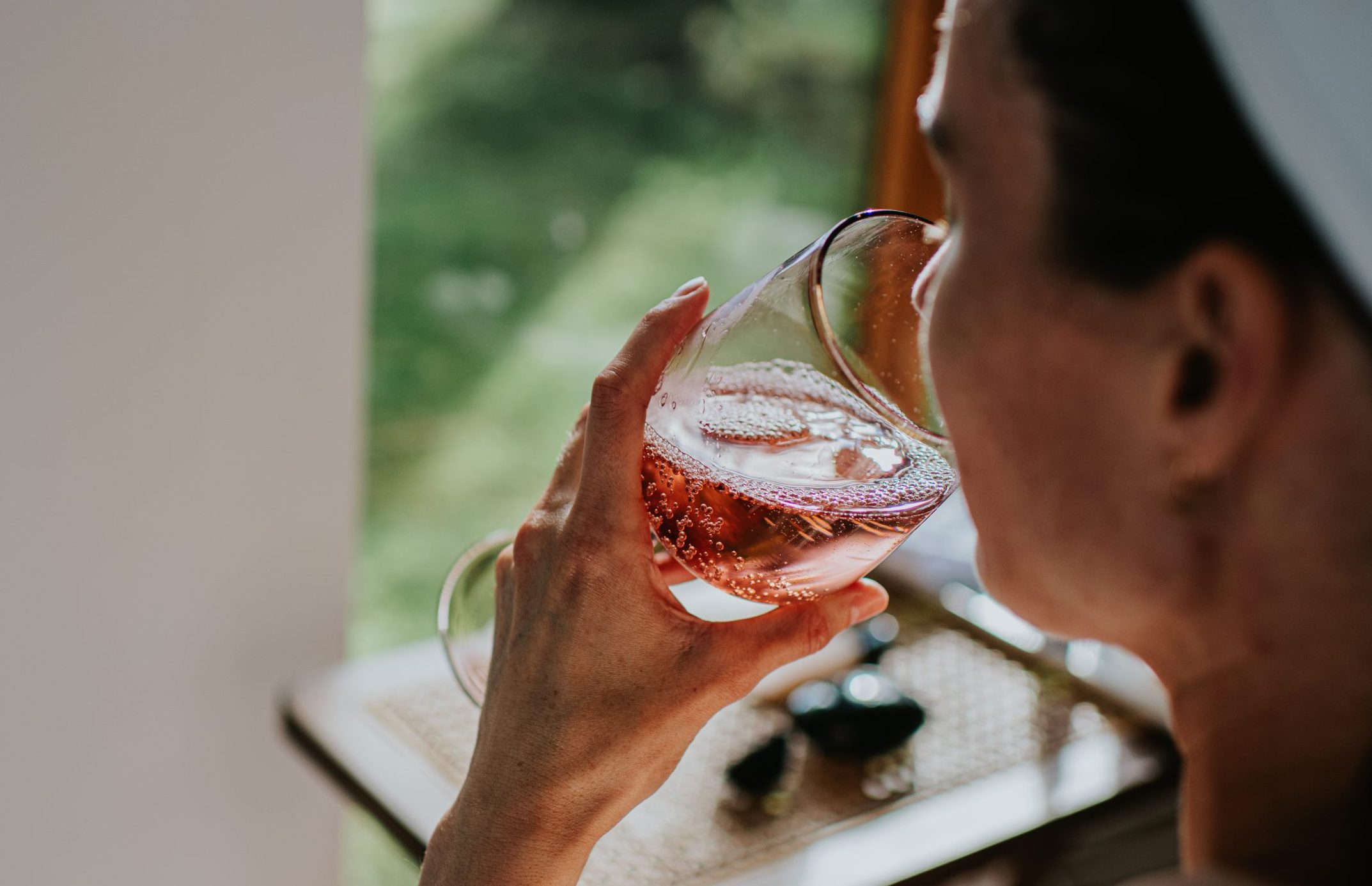‘Wine mum’ culture has a lot to answer for
In the 1990s and early 2000s, particularly in the United Kingdom, sensationalised ‘ladette-style’ drinking behaviours of young women in the nighttime economy became the subject of much media attention and concern.
This generation of women has now matured with drinking habits shaped around the roles and responsibilities in their lives. However, research is accumulating to show that many of these women – now at midlife – are drinking at levels risky to their health and experiencing alcohol-related harm.
The annual NZ Health Survey statistics on New Zealanders’ drinking behaviours published in December this year shows that of the women aged between 35-54 years who drank in the last year, 13-16 percent consumed alcohol in a way that carried a high risk of future damage to their physical or mental health (while 27-29 percent of men drank in this way).
Drinking alcohol at midlife is of particular concern because we now know now that even one standard drink (usually less than the average pour) a week is linked with increased risk to heart health and many forms of cancer such as breast, mouth and throat, with risk increasing at higher consumption levels.
Alcohol is in fact classed as a Type 1 carcinogen like smoking and asbestos exposure. Yet, women at midlife in New Zealand, whose drinking is most often out of the public gaze at home or in smaller establishments, have not been the subject of research attention.
So how might we understand these trends and, with cancer rates linked to lifestyle factors such as alcohol consumption increasing, reduce overall consumption? We spoke to 50 women in New Zealand between the ages of 35-60 years to explore the roles and meanings that alcohol has for them, seeking to understand how aspects of their lives and the world in which they live shape their alcohol consumption. (This research for my PhD is yet to be published, but similar to the findings of a metanalysis we published last year.)
Our findings show that drinking alcohol was embedded and functional in their everyday lives, a legitimate activity for themselves and an important part of their relationships with their significant others and friends. Alcohol was consumed for a range of reasons – for pleasure and celebration, for fun and sociability with friends – and provided some respite which enabled women to continue their daily chores, caring responsibilities and working lives. It also functioned as a salve for life’s disruptions and difficulties.
That alcohol has become so strongly embedded in these women’s lives is unsurprising considering past and present contexts and a life trajectory of consumption. Since the 1980s, deregulated policy environments have allowed the unfettered promotion and sale of alcohol. At the same time, women’s increasing social and economic freedom has enabled increased participation in private and public drinking spaces. In these circumstances, women have attracted the attention of profit-driven alcohol corporations and the hospitality sector which, identifying them as a lucrative market, have designed and marketed women-specific products and feminised drinking venues. And alcohol is readily available, not only in the ubiquitous alcohol outlets that proliferate, but in supermarkets where women do the bulk of household shopping.
Wines by varietal, artisan gins, and boutique tonics are marketed directly at women of all ages – especially to older women with higher disposable incomes – who enjoy the pleasures and tastes afforded by this expanded offering. The associated marketing and promotion appeal directly to women’s sense of independence and empowerment, centring discerning alcohol consumption in successful feminine lives. Drinking is encouraged as a legitimate pastime with alcohol’s symbolic rituals, gastronomic pleasures, and chemical effects enhancing women’s alone time, and lubricating and enhancing their social occasions and networks.
Concurrently, alcohol is portrayed as something that helps women manage complicated and demanding lives. ‘Wine-mum’ culture has emerged in advertising and shared across social media, with its strong messages that alcohol is here to help – to slow down, to reward yourself, to take a break from the never-ending roles and responsibilities, and to engage in much needed self-care. With drinking to cope socially endorsed, it is easy to see how a glass of wine (or more) becomes automatic after a hard day juggling kids, undertaking paid work, and running the household. Many women we interviewed often sought the ‘quick fix’ of alcohol despite also sharing that they felt they drank too much and wished to cut down.
The research showed that women at midlife were conscious of the health impacts of alcohol, particularly disrupted sleep, and lower mood and lack of motivation the following day. In the longer term, the women also discussed how alcohol impacted on their outward appearance, with weight gain front of mind. However, the benefits of enhancing and enabling their lives at the moment-in-time of consumption often outweighed these concerns, which were instead relegated to a time when their roles and responsibilities lessened. Midlife women also felt that engaging in health-compensating behaviours, such as exercise, good diet, and other forms of self-care justified their drinking alcohol. While these activities are undoubtedly important for health and wellbeing, little attention was given to how consuming alcohol – even at low levels – could be risky in terms of heart health and cancer.
Some researchers have queried whether concerns about midlife women’s drinking arises from concerns that women who drink might be ‘bad mothers’ or act in unappealing ways. It is true that men at midlife still drink more and cause more harm to themselves and others because of their drinking. However, as researchers we think it is valuable to critique how embedded alcohol has become in midlife women’s lives.
Society is saturated with alcohol products – and alcohol marketing that amplifies its role in enhancing and enabling everyday activities – and drinking is the norm. Although there is some evidence of change, not drinking is most often difficult and socially awkward. Also, the working and living conditions of women’s lives, such as difficulties in the workplace and the unequal distribution of care responsibilities, reinforce the role for alcohol consumption.
Without addressing these contexts, given the vast availability and accessibility of alcohol and its marketing, it is unsurprising that education campaigns advising women to reduce their drinking have had little effect.
Kate Kersey’s research described in this article was done for her PhD as a scholarship student at Victoria University, Wellington. She is now a Research Fellow, School of Population Health, University of Auckland.





